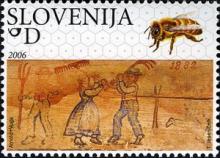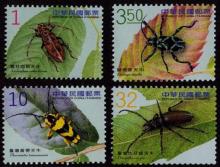
Ni el cambio climático, ni los parásitos, ni el frío extremo ni los abejarucos: detrás de la desaparición de las abejas está un tipo de pesticida muy común en las explotaciones agrarias, de la familia de los neonicotinoides, según dos estudios publicados ayer por la prestigiosa revista 'Science'. Científicos británicos y franceses han experimentado con dos plaguicidas diferentes, imidacloprid y tiametoxam, y en ambos casos obtuvieron el mismo resultado: las abejas se desorientaron y no pudieron regresar a la colmena, lo que causó la disminución de las poblaciones de obreras y la consiguiente muerte de las reinas. Estos estudios arrojan un poco de luz en el misterio en torno al síndrome de colapso de las colmenas (CCD, según sus siglas en inglés), que está provocando la desaparición de millones de insectos en todo el mundo y que, de continuar, podría poner en peligro el ciclo de la polinización. La investigación dirigida por Penélope Whitehorn, de la Universidad de Stirling (Reino Unido), consistió en la exposición de colonias de abejas jóvenes a bajos niveles de imidacloprid, cuyo uso está ampliamente extendido en la agricultura intensiva desde la década de los 90 del siglo pasado.
Los investigadores comprobaron que las colonias expuestas al pesticida no aumentaron tanto de peso como las colmenas con abejas no contaminadas: entre un 8% y un 12% menos, y además con un 85% de reinas menos.
El experimento de los científicos franceses fue aún más elaborado: implantaron microchips en el tórax de 650 abejas, lo que sirvió para descubrir que el contacto con el thiamethoxam se traducía en una «disminución significativa» de la tasa de regreso a la colmena. Junto con la mortalidad natural de los insectos, la ingesta de este plaguicida hace que aumente el porcentaje diario de pérdidas entre un 25% y un 50%, lo que triplica la tasa normal, que ronda el 15 %, según las conclusiones del Instituto Nacional de la Investigación Agronómica y la Asociación de Coordinación Técnica Agrícola.










